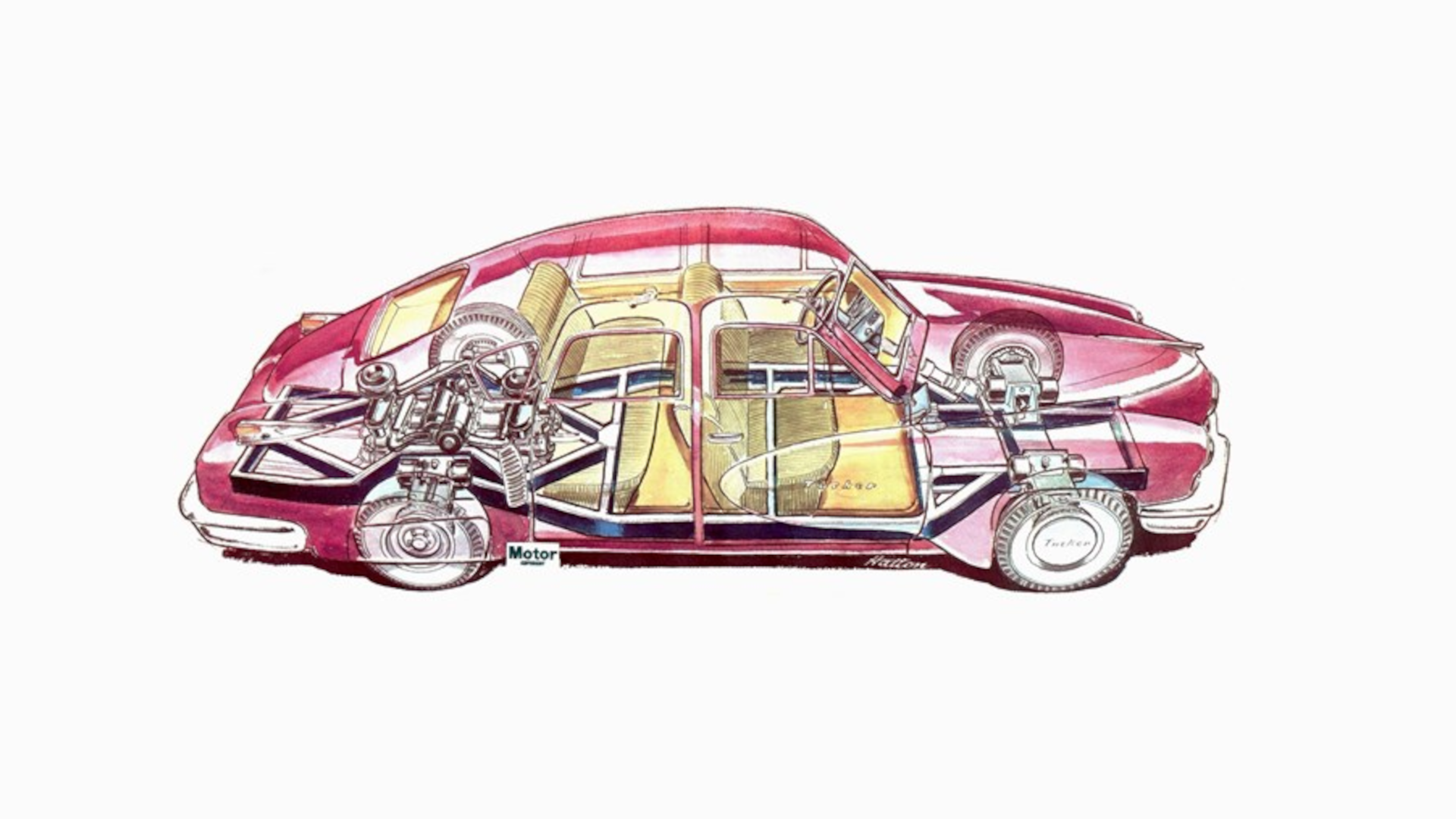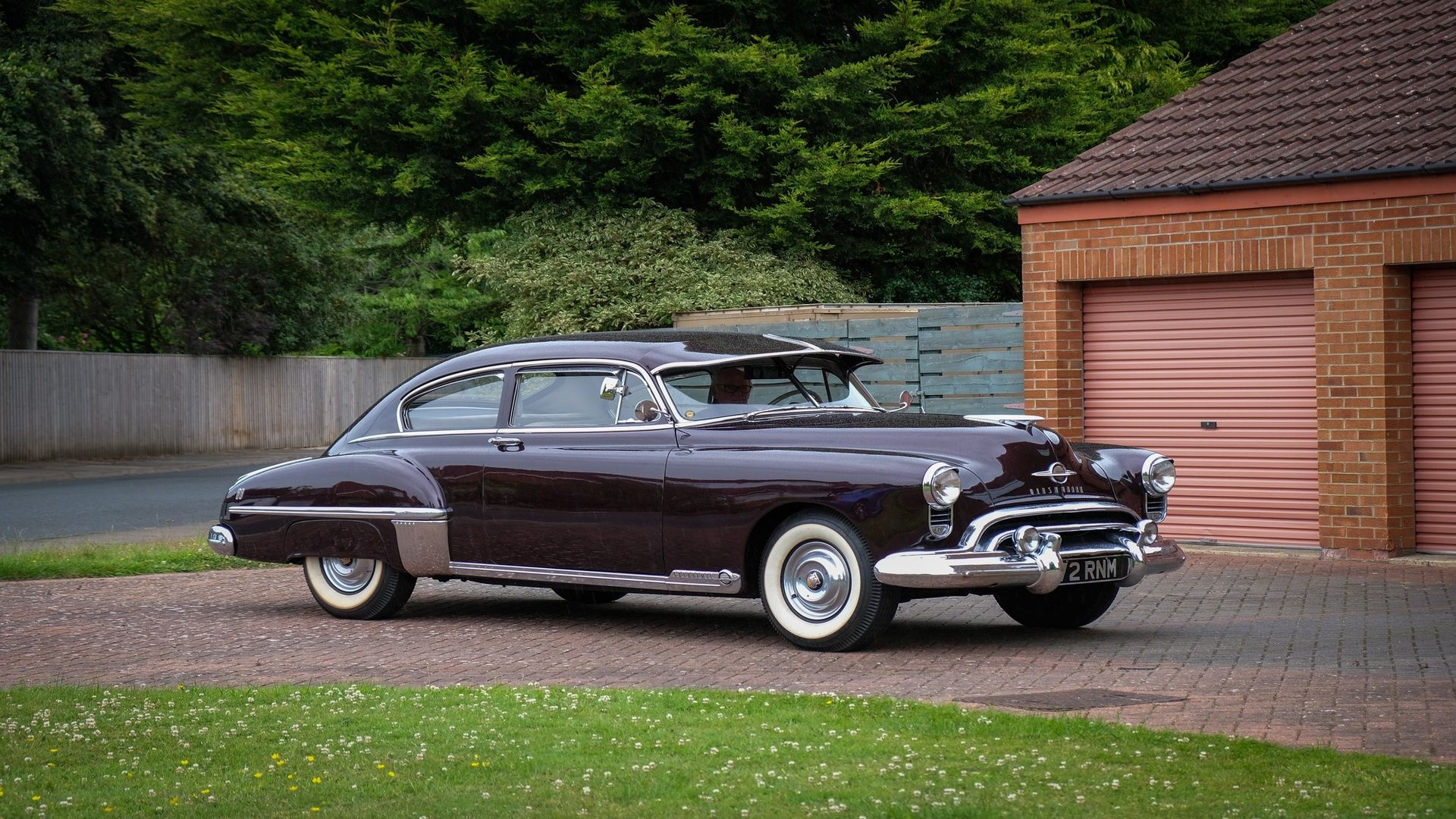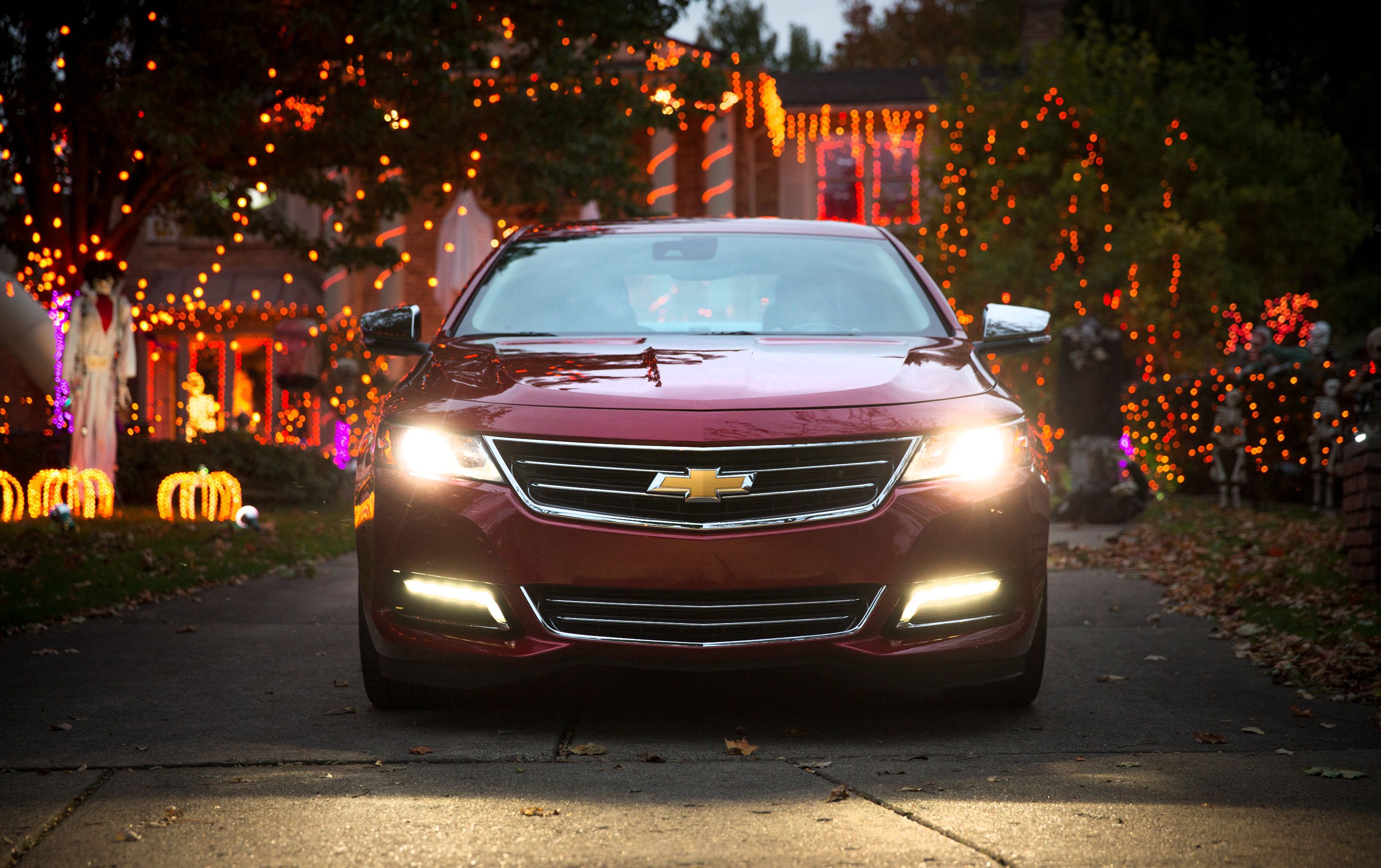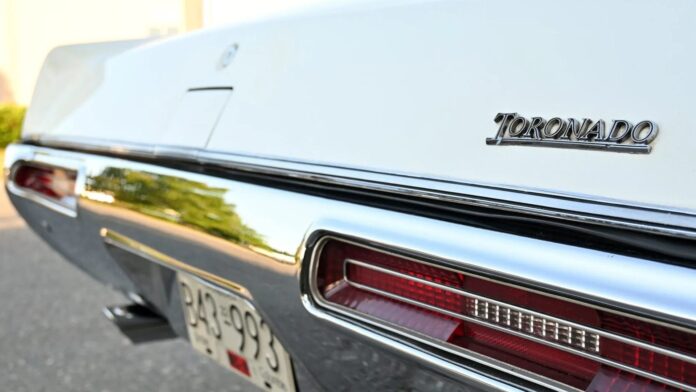Do we have a mid-1960s model muscle car to thank for the prevalence of front-wheel drive in modern day American cars? We know a large majority of you are probably saying, “No, absolutely not. There’s no such thing as a front-wheel drive muscle car.” Fair enough. But if you want to be a total purist, there’s also no such thing as a V6 muscle car, or a four-door muscle car, so that’s a spanner in the works already. According to some, the Ford Mustang doesn’t even count.
Related
Remembering America’s First Muscle Car, The Oldsmobile Rocket 88
This forgotten hero introduced the muscle car to America and the world.
Whether or not you want to acknowledge the first-gen Oldsmobile Toronado as a legitimate muscle car, the bottom line is that it was a Rocket V8-powered two-door coupe that just happened to be configured in front-wheel drive – and it was the first time an American automaker had mass-produced an FWD car since before the Second World War. So, we can debate whether it’s technically a muscle car, but we can’t debate the significant place this car holds in American automotive history.
A Look At The Oldsmobile Toronado
The Toronado’s front-wheel drive system had been kind of a pet project for Oldsmobile since 1958. Engineer and future head of the division John Beltz had been moving the project along at a steady pace, and while Oldsmobile was the first to hit market with a post-war FWD vehicle, it wasn’t the only automaker in the race. Ford, in particular, was hoping to release the 1961 Thunderbird in a front-wheel configuration, but building all the tooling needed for the project was a tall order, and Oldsmobile beat them to the punch in 1965, when they would put the Toronado into production for the 1966 model year.
One of the benefits of the front-wheel drive configuration was that the floor didn’t have a hump in the middle to make way for the driveshaft, making for a more comfortable car for families, and sales got off to a strong start, but the market was basically tapped out by the second model year, despite the addition of a tape player. The 1967 Toronado sold 22,062 units, around half as many as Oldsmobile had sold the previous year, and it wouldn’t be until the launch of the second generation in 1971 that the car would match its first year sales again.

Related
The Rear-Engine American Muscle Car Equipped With A Helicopter Engine
One of the most iconic post-war cars ever built had a short production run, but has gone on to symbolize the American spirit of innovation.
Naturally, this resulted in lower production and fewer models on the road, so, for serious car collectors, the rare 455-powered 1970 GT model is something of a holy grail for the nameplate, with a 15-hp power boost over the most powerful 1966 models. Besides the performance-enhanced engine, the 1970 model benefited from a handful of gradual, yearly improvements, including softer suspension and the addition of more responsive disc brakes.
|
1970 Oldsmobile Toronado GT Performance Specs |
|
|
Engine |
455 cid 7.5-Liter Rocket V8 |
|
Power |
400 hp |
|
Torque |
500 lb-ft |
|
Drivetrain |
Front-engine, Front-wheel drive |
|
Transmission |
3-Speed Turbo-Hydramatic GT Transmission |
|
Top Speed |
135 mph |
|
0-60 |
7.5 Seconds |
It’s hard to get a fair estimate on what a 1970 Toronado GT would be worth today, because they don’t pop up on auction sites all that often. Hagerty lists a good condition base model at a price of around $16,600, while an auction for a GT model on Bring a Trailer closed at $8,270 in July 2024. Prices aren’t astronomical, as far as classics go (for comparison, Hagerty lists a base 1970 Dodge Charger at around $30,500), but you should know that it’s a seller’s market.
Why Weren’t We Making Front-Wheel-Drive Cars?
To be clear, Oldsmobile didn’t invent front-wheel drive. FWD had been a part of American production cars for about as long as there had been an American auto industry. The first FWD patent in the US was filed in the early 1900s by J. Walter Christie, an engineer who would go on to develop suspension systems for Ally tanks in World War II. His design was put to use at a production level in a line of fire engine tractors. Front wheel-drive had a place in the racing scene, too, featuring in a handful of cars competing in events like the 1925 Indianapolis 500.

Related
Remembering America’s First Muscle Car, The Oldsmobile Rocket 88
This forgotten hero introduced the muscle car to America and the world.
FWD was a small niche in the American passenger car industry, but front-wheel drive wasn’t unheard of. The most notable pre-war front-wheel production car would probably be the 1929 Cord L-29, powered by a 4.9-liter Lycoming inline-eight and producing 125 hp. From there, it’s not hard to find European FWD cars like France’s mid-engine 1955 Citroën DS, or England’s 1946 Lloyd 650 roadster. Japan even got in on the action with the 1955 Suzuki Suzulight, one of the first kei cars.

Add CarBuzz to your Google News feed.
Arguments in favor of rear-wheel drive include superior weight distribution and better handling and control, but the main reason American automakers stuck to RWD throughout most of the 20th Century had to do with simplicity. Creating a new platform is costly, and mainstream automakers were essentially not developing any new models at all in America during WWII, owing to the time and resources demanded by the war effort. Rear-wheel drive is, mechanically speaking, simpler than front-wheel drive, and it was especially easy to manufacture at a time when that’s what your tooling was already set up to do.
Can A Muscle Car Really Be Front-Wheel Drive?
This is a matter of debate that we know we’re not gonna be able to settle once and for all right here. But we can at least take a look at various models that were marketed as muscle cars despite having their drivetrains attached to the “wrong” axle.
One of the most infamous attempts to market a muscle car with front-wheel drive may have been the Ford Probe, which started life as a fourth-gen Mustang. The optional 3.0-liter 145-hp Vulcan V6 found in the GT model was a suitable power plant for a pony car, but the car was built on the Mazda GD platform and it looked and drove like a Mazda. This was a neat little coupe, but it had more in common with Japanese hot hatches than it did with American muscle. If you want to know how the public felt about the Mustang going front-wheel drive, well, Ford was forced to change the name of the car as soon as their plans leaked to the press, so what does that tell you?

Related
Chevrolet Impala Generations: Everything You Need To Know In One Place
Once Chevrolet’s go-to mid-size sedan, the Impala’s star has gone out as buyers fell out of love with the sedan.
The eighth-gen Cadillac Eldorado borrowed its E-body platform from the Toronado, and paired it with a 7-liter V8 and classic Cadillac styling. In 1970, Cadillac sweetened the offer with a 500 cid 8.2-liter V8, cranking out 400 hp and 550 lb-ft of torque, hitting 60 mph in under eight seconds. If we can call the Toronado a muscle car, we can definitely call the eighth-gen Eldorado a muscle car.
The Chevrolet Impala was a front-engine, rear-wheel drive model for most of its life, launching in 1959 with RWD, and retaining that configuration when it was retired in 1996. The eight-gen relaunch for the nameplate in 2000 saw the car switching over to a front-wheel drive configuration. The 2004 SS model packed a supercharged 3.8-liter V6 delivering 240 hp and hitting 60 mph in under seven seconds. The ninth-gen SS Impala would launch with a small block 5.3-liter V8, hitting 60 mph in just 5.6 seconds. We don’t know for sure if any modern-day Impala technically counts as a muscle car, but this one is about as close as you can get while still leaving some room for argument.
Wherever you stand on the definition of a muscle car, there are some models out there that blur the line, and whether or not you think the Toronado counts, we can at least agree that it wouldn’t look out of place in a lot full of late-60s Torinos, Chargers, and Dusters.
Sources:
Hagerty
,
How Stuff Works
,
Oldsmobile Club of America

